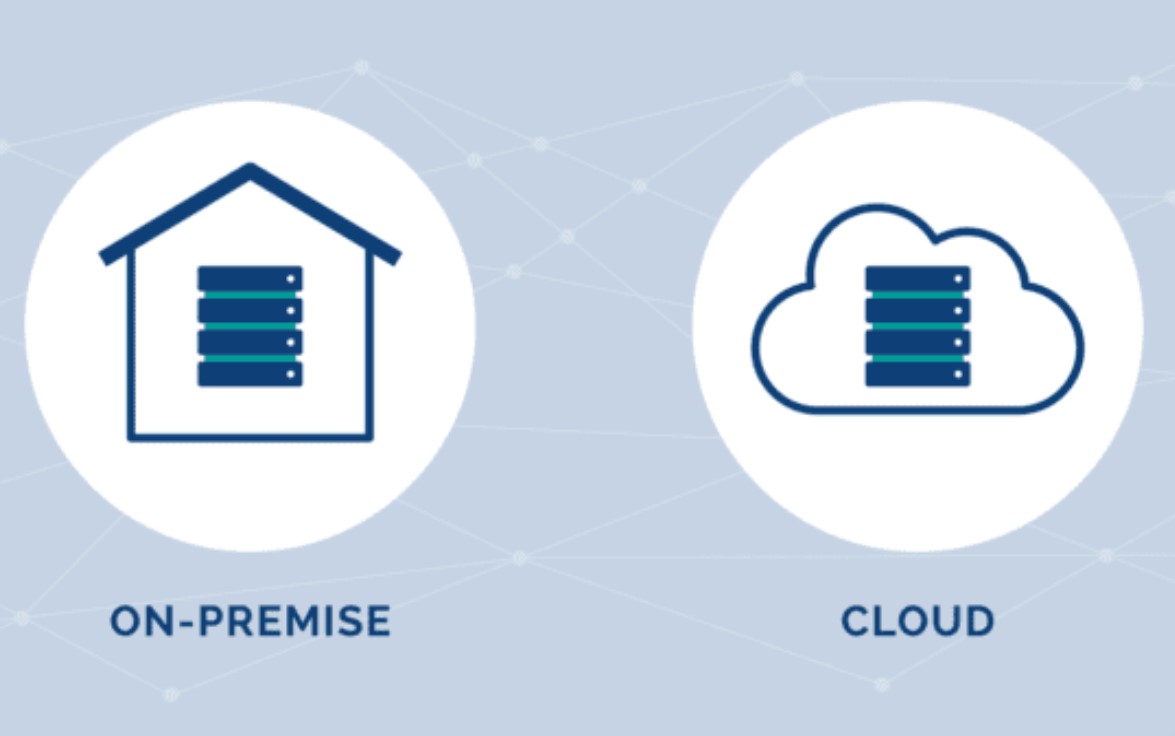
Credit cards are ubiquitous in today’s financial landscape, offering convenience and rewards for consumers. However, many people are unaware of how credit card companies make money. This article will delve into the various ways credit card companies generate revenue, focusing on fees and interest. By understanding these mechanisms, you can make informed decisions about using credit cards.
How Credit Card Companies Make Money

Credit card companies make money through a combination of fees and interest charges. These revenue streams are designed to ensure profitability while providing consumers with credit access and various perks.
1. Interest Charges
Interest charges are a significant source of revenue for credit card companies. When cardholders carry a balance from month to month, they incur interest charges on the unpaid amount. The annual percentage rate (APR) determines the interest charged, which can vary based on the cardholder’s creditworthiness and the type of credit card.
Types of Interest Charges
- Purchase APR: Interest charged on purchases made with the credit card.
- Cash Advance APR: Higher interest rate charged on cash advances.
- Balance Transfer APR: Interest charged on balances transferred from other credit cards.
2. Fees
Credit card companies charge various fees to cardholders and merchants. These fees contribute significantly to their revenue.
Types of Fees
- Annual Fees: Some credit cards charge an annual fee for access to premium features and rewards.
- Late Payment Fees: Fees charged when cardholders fail to make the minimum payment by the due date.
- Cash Advance Fees: Fees for withdrawing cash using the credit card.
- Balance Transfer Fees: Fees for transferring a balance from another credit card.
- Foreign Transaction Fees: Fees for purchases made in foreign currencies.
3. Merchant Fees
When consumers use their credit cards for purchases, merchants pay a fee to the credit card company. This fee, known as the interchange fee, is a percentage of the transaction amount and varies by industry and card type.
Benefits for Merchants
- Increased Sales: Accepting credit cards can boost sales by offering customers more payment options.
- Convenience: Credit cards streamline the payment process, reducing cash handling and enhancing customer experience.
4. Other Revenue Streams
Credit card companies also generate revenue through various other means, such as selling cardholder data (in aggregate form) for marketing purposes and offering financial products like personal loans and insurance.
Benefits of Understanding Credit Card Revenue Streams

Understanding how credit card companies make money is essential for making informed financial decisions. By knowing the different ways these companies generate revenue, consumers can better manage their credit, avoid unnecessary costs, and maximize the benefits offered by credit cards. Here’s a detailed exploration of the benefits of understanding credit card revenue streams.
1. Improved Financial Management
Awareness of Costs
Knowing how credit card companies earn money helps consumers become more aware of the costs associated with using credit cards. This awareness includes understanding interest rates, fees, and how they can add up if not managed properly.
Budgeting and Spending Control
When consumers understand the potential costs of carrying a balance or making late payments, they are more likely to budget their spending and avoid behaviors that incur additional charges. This leads to better control over personal finances and reduces the risk of accumulating debt.
Debt Reduction
By comprehending how interest is calculated and how quickly it can grow, consumers can prioritize paying off high-interest credit card debt more efficiently. This knowledge empowers them to make decisions that minimize interest payments and accelerate debt reduction.
2. Informed Decision-Making
Choosing the Right Credit Card
Understanding credit card revenue streams enables consumers to compare different credit cards based on their fees, interest rates, and rewards. This comparison helps them select a card that best fits their financial habits and goals, whether it’s earning rewards, building credit, or managing expenses.
Evaluating Credit Card Offers
Credit card offers often come with promotional rates, balance transfer deals, or rewards bonuses. Knowing the typical revenue models of credit card companies allows consumers to evaluate these offers critically, recognizing potential pitfalls like high ongoing interest rates or annual fees that might offset initial benefits.
3. Enhanced Bargaining Power
Negotiating Better Terms
Consumers who are knowledgeable about credit card revenue streams can leverage this information to negotiate better terms with their credit card issuers. For example, they might request a lower interest rate, a higher credit limit, or the waiving of certain fees, especially if they have a good credit history.
Seeking Out Perks and Benefits
Understanding how credit card companies profit can also guide consumers in seeking out additional perks and benefits. For instance, knowing that annual fees contribute significantly to revenue might encourage consumers to look for cards that offer fee waivers or significant rewards to justify the cost.
4. Maximizing Rewards and Benefits
Utilizing Reward Programs
Many credit cards offer rewards programs that include cash back, points, or miles. By understanding how these rewards are funded (often through merchant fees and interest charges), consumers can strategically use their credit cards to maximize benefits without incurring additional costs.
Strategic Spending
Knowing which types of transactions generate the most fees for credit card companies can help consumers make strategic spending decisions. For example, using a credit card for purchases that offer higher rewards rates but paying off the balance in full each month to avoid interest charges.
5. Avoiding Common Pitfalls
Steering Clear of High Fees
Awareness of the various fees credit card companies charge can help consumers avoid common pitfalls. For example, knowing the cost of cash advances or foreign transaction fees can discourage unnecessary use of these features.
Preventing Interest Accumulation
Understanding how interest accumulates on unpaid balances motivates consumers to pay off their balances more promptly. This awareness helps avoid the cycle of compounding interest that can lead to significant debt over time.
6. Better Use of Promotional Offers
Effectively Using Introductory Rates
Promotional offers, such as 0% introductory APR on purchases or balance transfers, can be highly beneficial if used correctly. Understanding that these offers are often designed to attract new customers who may carry a balance after the promotional period ends can help consumers plan to pay off their balances before the higher rates kick in.
Recognizing Long-Term Costs
Consumers can use their understanding of revenue streams to see beyond the initial appeal of promotional offers and consider the long-term costs. For example, they might choose a credit card with a lower ongoing APR over one with a short-term 0% APR but high rates thereafter.
7. Building and Maintaining Good Credit
Timely Payments
Knowing that late payment fees are a significant source of revenue for credit card companies reinforces the importance of making timely payments. This practice not only avoids fees but also helps maintain a good credit score.
Managing Credit Utilization
Understanding how credit utilization impacts interest charges and fees can help consumers manage their credit use more effectively. Keeping balances low relative to credit limits reduces the risk of high-interest charges and improves credit scores.
Real-World Examples of Credit Cards

1. Chase Sapphire Preferred
Features:
- $95 annual fee
- Earn 2x points on travel and dining
- No foreign transaction fees
- 25.24% variable APR
2. American Express Platinum Card
Features:
- $695 annual fee
- Earn 5x points on flights and hotels
- Access to airport lounges
- 20.24% – 27.24% variable APR
3. Citi Double Cash Card
Features:
- No annual fee
- Earn 2% cash back on all purchases
- Balance transfer fee applies
- 16.24% – 26.24% variable APR
4. Capital One Venture Rewards
Features:
- $95 annual fee
- Earn 2x miles on every purchase
- No foreign transaction fees
- 20.24% – 27.24% variable APR
5. Discover it Cash Back
Features:
- No annual fee
- Earn 5% cash back on rotating categories
- Cashback Match for first year
- 16.24% – 26.24% variable APR
Comparison Table of Credit Cards
| Credit Card | Annual Fee | Rewards | Pros | Cons | APR Range |
|---|---|---|---|---|---|
| Chase Sapphire Preferred | $95 | 2x points on travel and dining | No foreign transaction fees | High annual fee | 25.24% |
| American Express Platinum Card | $695 | 5x points on flights and hotels | Access to airport lounges | Very high annual fee | 20.24% – 27.24% |
| Citi Double Cash Card | $0 | 2% cash back on all purchases | No annual fee | Balance transfer fee applies | 16.24% – 26.24% |
| Capital One Venture Rewards | $95 | 2x miles on every purchase | No foreign transaction fees | High APR | 20.24% – 27.24% |
| Discover it Cash Back | $0 | 5% cash back on rotating categories | Cashback Match for first year | Rotating categories can be limiting | 16.24% – 26.24% |
Detailed Analysis of Each Product
1. Chase Sapphire Preferred
The Chase Sapphire Preferred is a popular travel rewards credit card that offers valuable points on travel and dining purchases.
Benefits:
- Travel Rewards: Earn 2x points on travel and dining, which can be redeemed for travel expenses or transferred to airline and hotel partners.
- No Foreign Transaction Fees: Save money on international purchases.
- Sign-Up Bonus: Attractive sign-up bonus for new cardholders.
Transactional Information:
- Annual Fee: $95
- APR: 25.24% variable
- Where to Apply: Visit Chase’s website to apply.
2. American Express Platinum Card
The American Express Platinum Card is a premium card that offers extensive travel benefits and rewards.
Benefits:
- High Rewards Rate: Earn 5x points on flights and hotels booked through American Express Travel.
- Airport Lounge Access: Complimentary access to over 1,300 airport lounges worldwide.
- Luxury Perks: Additional benefits like hotel credits and elite status with travel partners.
Transactional Information:
- Annual Fee: $695
- APR: 20.24% – 27.24% variable
- Where to Apply: Visit American Express’s website to apply.
3. Citi Double Cash Card
The Citi Double Cash Card is a straightforward cash back card that offers a flat rate on all purchases.
Benefits:
- Simple Rewards: Earn 2% cash back on all purchases (1% when you buy, 1% when you pay).
- No Annual Fee: Maximize your rewards without worrying about an annual fee.
- Balance Transfer Option: Transfer balances from other high-interest credit cards.
Transactional Information:
- Annual Fee: $0
- APR: 16.24% – 26.24% variable
- Where to Apply: Visit Citi’s website to apply.
4. Capital One Venture Rewards
The Capital One Venture Rewards card is a versatile travel card that offers rewards on every purchase.
Benefits:
- Flat Rewards Rate: Earn 2x miles on every purchase, which can be redeemed for travel expenses.
- No Foreign Transaction Fees: Ideal for international travelers.
- Flexible Redemption: Redeem miles for travel purchases or transfer to travel partners.
Transactional Information:
- Annual Fee: $95
- APR: 20.24% – 27.24% variable
- Where to Apply: Visit Capital One’s website to apply.
5. Discover it Cash Back
The Discover it Cash Back card offers rotating categories for cash back rewards, making it a great choice for maximizing rewards in specific spending areas.
Benefits:
- Rotating Categories: Earn 5% cash back on rotating categories each quarter (up to the quarterly maximum, then 1%).
- Cashback Match: Discover will match all the cash back you earn in your first year.
- No Annual Fee: Keep more of your rewards.
Transactional Information:
- Annual Fee: $0
- APR: 16.24% – 26.24% variable
- Where to Apply: Visit Discover’s website to apply.
Use Cases and Solutions
Common Problems Solved by Credit Cards
- Convenience: Credit cards provide a convenient way to make purchases without carrying cash.
- Building Credit: Responsible use of credit cards can help build and improve credit scores.
- Rewards: Earn rewards on everyday purchases, which can be redeemed for travel, cash back, or other perks.
- Emergency Funds: Credit cards can serve as a financial safety net in emergencies.
Why People Need Credit Cards
- Financial Flexibility: Credit cards offer the flexibility to manage expenses and cash flow.
- Security: Credit cards offer fraud protection and security features that protect against unauthorized transactions.
- Travel Benefits: Many credit cards offer travel-related perks such as trip insurance, rental car insurance, and airport lounge access.
How to Apply for a Credit Card
How to Apply
- Visit the Provider’s Website: Click on the links provided above.
- Explore the Card Features: Review the benefits, fees, and terms of the credit card.
- Complete the Application: Fill out the application form with your personal and financial information.
- Submit the Application: Submit your application online and wait for approval.
- Receive Your Card: Once approved, you will receive your credit card by mail and can start using it.
FAQs
1. What are the main ways credit card companies make money?
Credit card companies make money primarily through interest charges on unpaid balances and various fees such as annual fees, late payment fees, and merchant fees.
2. How can I avoid paying high interest on my credit card?
To avoid paying high interest, try to pay off your balance in full each month. If you carry a balance, look for a card with a low APR or consider transferring your balance to a card with a lower interest rate.
3. Are there credit cards with no annual fees?
Yes, many credit cards offer no annual fees. Examples include the Citi Double Cash Card and the Discover it Cash Back card.
4. What is a foreign transaction fee?
A foreign transaction fee is a fee charged by some credit card companies for purchases made in a foreign currency or through a foreign bank. Some cards, like the Chase Sapphire Preferred and Capital One Venture Rewards, do not charge foreign transaction fees.
5. Can I negotiate fees with my credit card company?
Yes, you can often negotiate certain fees with your credit card company. Contact customer service to discuss options for waiving or reducing fees, especially if you have a good payment history.
Understanding how credit card companies make money through fees and interest can help you make smarter financial decisions. By comparing different credit cards and their features, you can choose the best option for your needs and avoid unnecessary costs.







